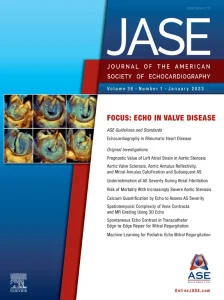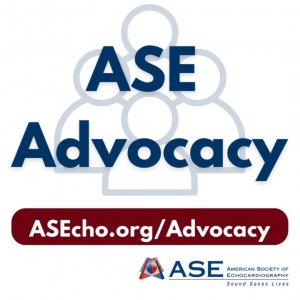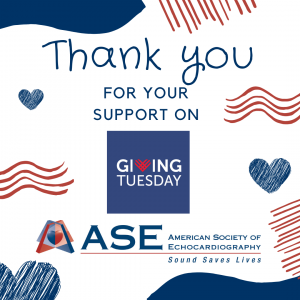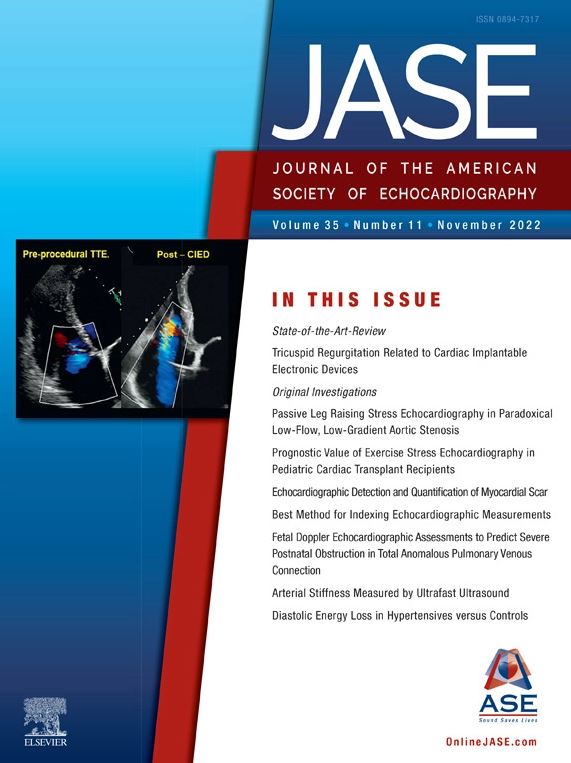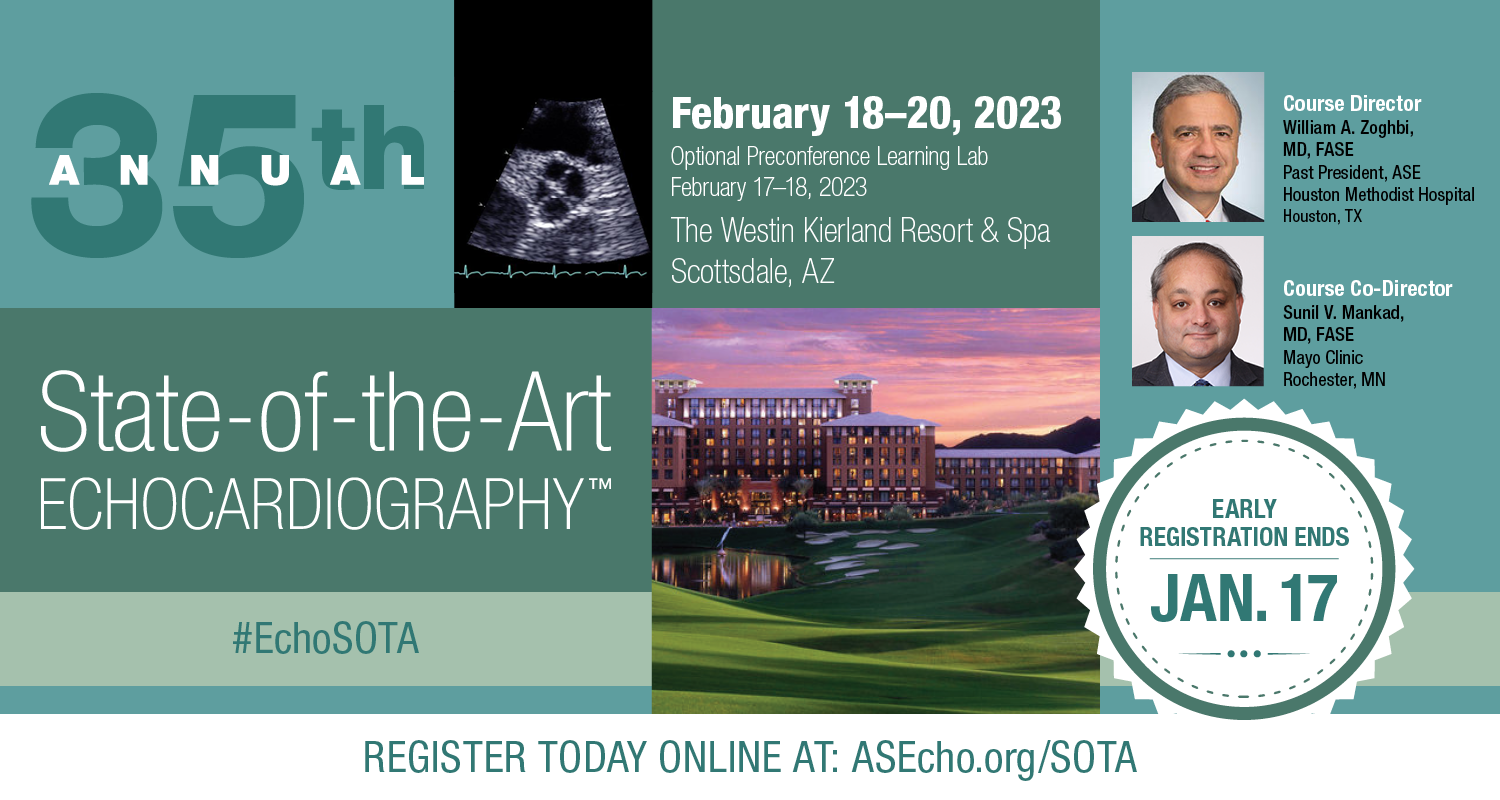 There are only a few days left to save on registration for the 35th Annual State-of-the-Art Echocardiography™. Register by Tuesday, January 17, 2023, and save $100!
There are only a few days left to save on registration for the 35th Annual State-of-the-Art Echocardiography™. Register by Tuesday, January 17, 2023, and save $100!
Join outstanding faculty in sunny Scottsdale, Arizona, and learn the latest on structural heart disease, myocardial and pericardial disease, coronary artery disease, interventional echocardiography, and more! Act fast if you’re interested in participating in the optional preconference Learning Lab (separate fee required). Limited registration spots remain for these intimate sessions!
A total of 31.75 AMA PRA Category 1 credits™ (pending approval) will be offered for the preconference Learning Lab (15 credits) and main course (16.75 credits). In addition to offering CME credits, this activity has been developed and registered with ACCME to provide MOC, MOC Part 2, and MOCA 2.0 credits in alignment with AMA PRA Category 1 Credit™.
Finally, after registering, we encourage you to book your hotel reservation with the Westin Kierland as soon as possible. The hotel room block will be held until Monday, January 16, 2023, but we expect it will sell out soon. This is a beautiful property offering golf, tennis, pools, and a spa onsite.

